(15447 products available)









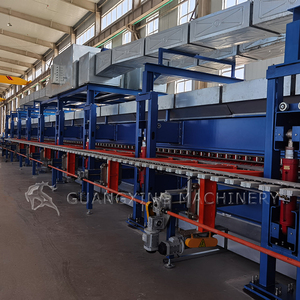






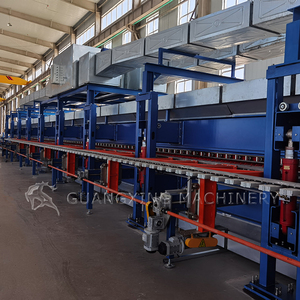
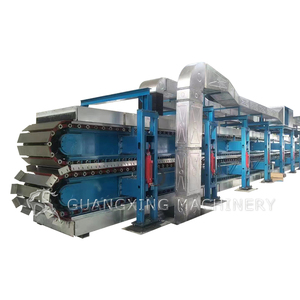


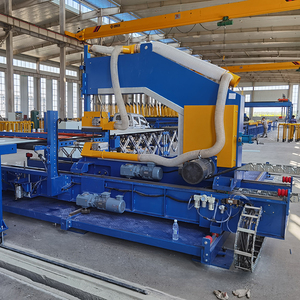





















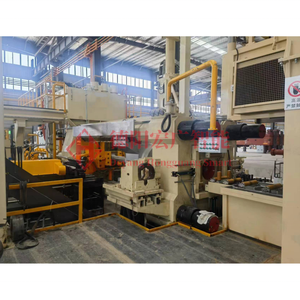

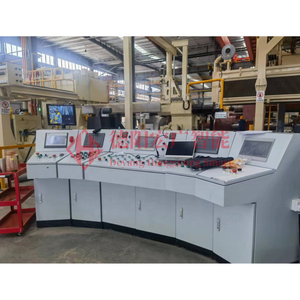







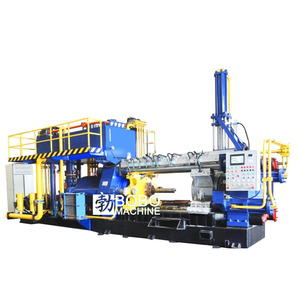








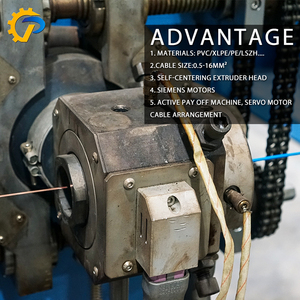





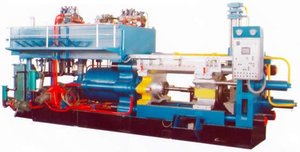

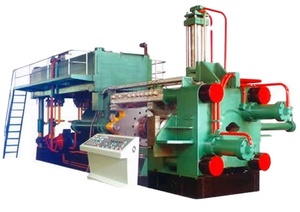




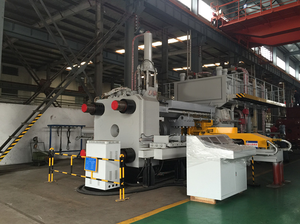
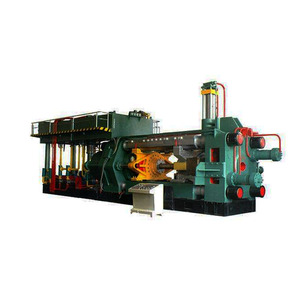
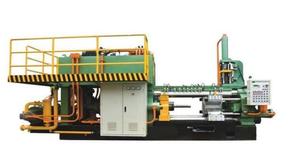






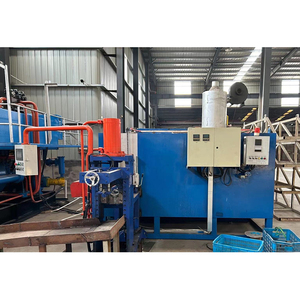







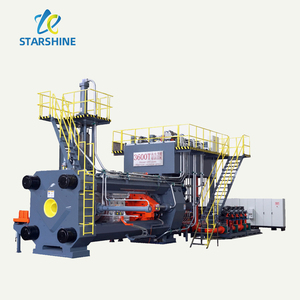






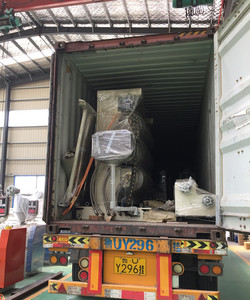

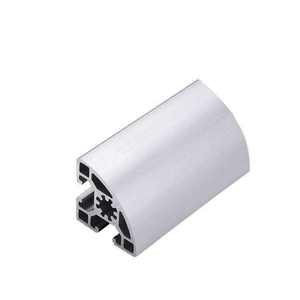

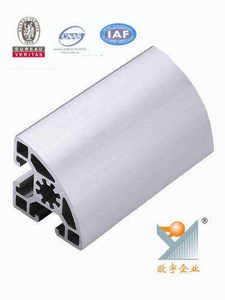



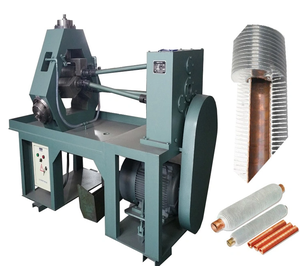






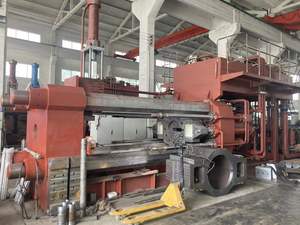
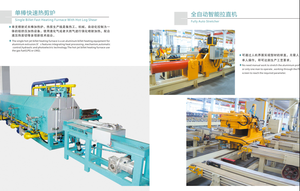








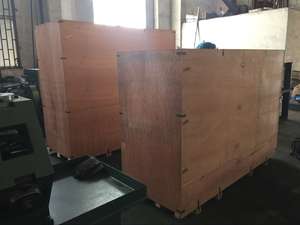







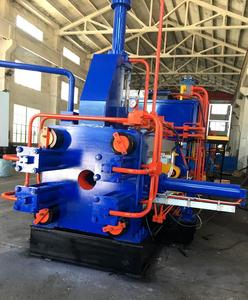


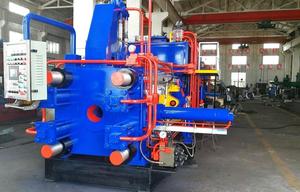
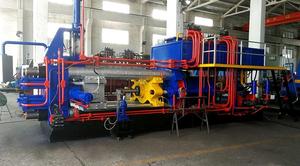

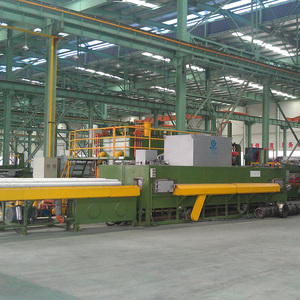
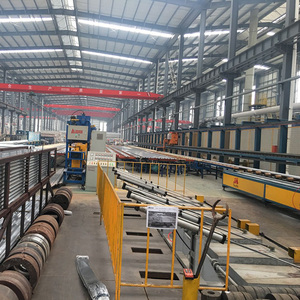
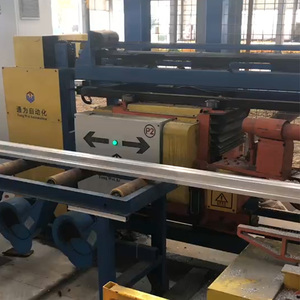




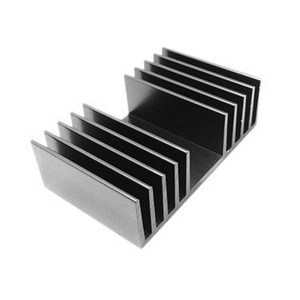

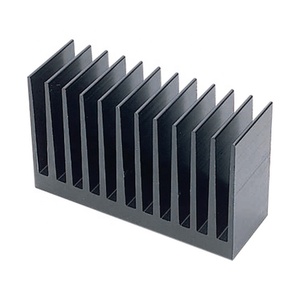

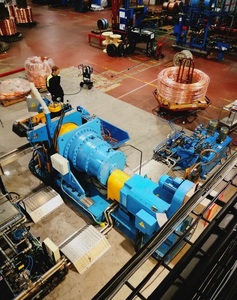








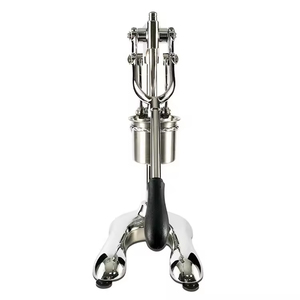
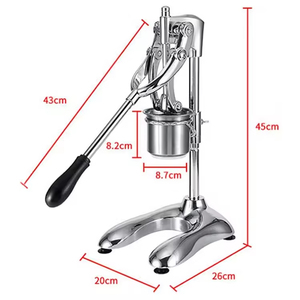



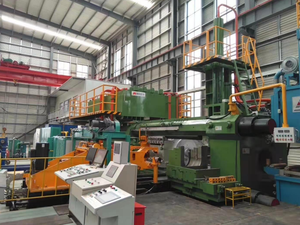




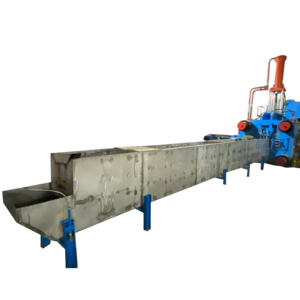


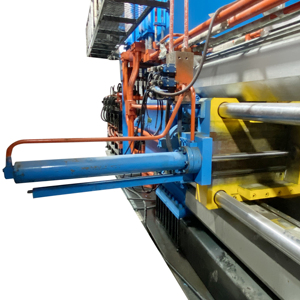








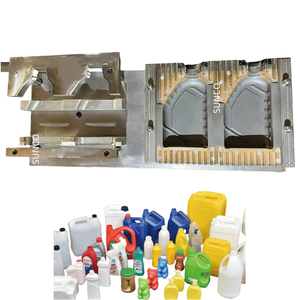



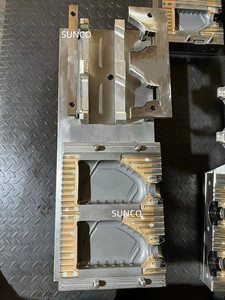


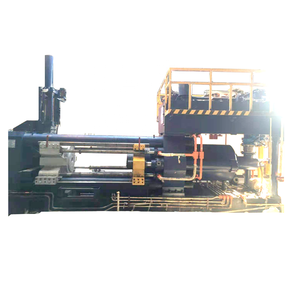
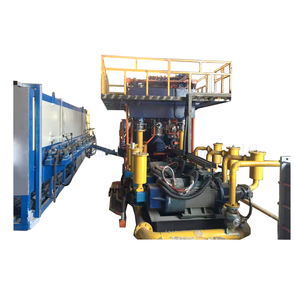


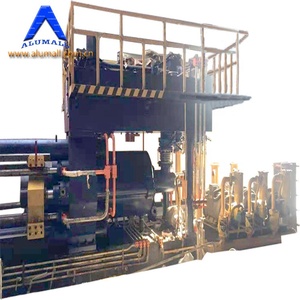








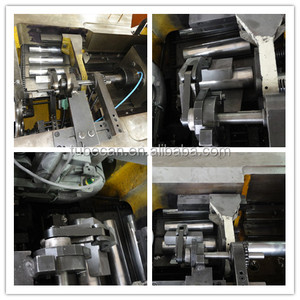


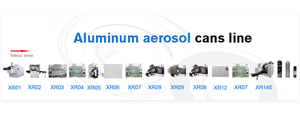






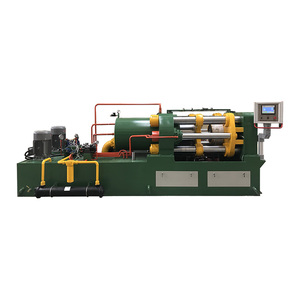
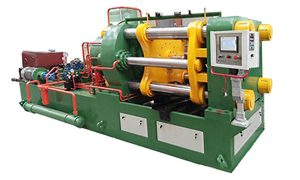


Market Overview: The global market for extruder machines, particularly in aluminum applications, has shown promising growth. As of 2023, the overall extruder market was valued at approximately $10.6 billion and is projected to reach $14.6 billion by 2030, reflecting a compound annual growth rate (CAGR) of 4.7% during this period, according to Research and Markets. The increasing demand for lightweight and sustainable aluminum products across various sectors, including construction, automotive, and consumer goods, is driving this growth. Regions like the U.S. and China are significant contributors, with the U.S. market alone estimated at $2.8 billion in 2023 and China expected to grow at a robust 7.2% CAGR to reach $3.2 billion by 2030. This regional performance highlights the strategic importance of aluminum extruders in meeting industry-specific demands.
Industry Dynamics: The versatility of extruder machines enables the efficient processing of aluminum into various shapes and forms, essential for high-performance applications. Innovations such as twin-screw extruders are enhancing production capabilities, allowing for better mixing and higher throughput. Furthermore, the growing trend toward digitalization in manufacturing is streamlining operations and improving quality control. As consumer preferences shift towards sustainable packaging and lightweight materials, the extruder market is pivoting to meet these needs. In addition, companies are increasingly focusing on reducing waste and optimizing production processes, further solidifying the role of extruder machines in modern manufacturing. This synergy of technological advancement and market demand positions the extruder machine aluminum segment for sustained growth and innovation in the coming years.
An extruder machine aluminum is a machine that shapes products and parts from raw aluminum by forcing it through molds and dies. There are several different types of models available for use in different industries.
Direct cast aluminum extruder
The most popular option, this extruder machine, allows businesses to create aluminum parts using a die that is cast directly in the extrusion chamber. It is popular due to the minimal amount of scrap material that is produced during the process. The option allows around 80% of the raw material to be utilized. This machine is often used in the automotive industry to create parts like suspension components, instrument panels, and engine cradles.
Indirect cast aluminum extruder
Parts that use an indirectly cast aluminum extruder will use a minimum of 65% of the raw material. This method is cast far away from the extrusion chamber in a mold. It is often used for more complex profiles and shapes. One example of a product that uses this method is aircraft components.
Foam-framed aluminum extruder
This type of extruder is popular for creating lighter products and parts. They make use of closed cell foam to create hollow sections or cavities in an aluminum part. It works by inserting foamed material into a hot aluminum container before it is extruded. The method creates aluminum parts with cavities that are 70% lighter than those manufactured with traditional aluminum. One of the most common applications is in the construction industry where solid yet lightweight window frames and curtain walls are required.
Sheeted aluminum extruder
Sheeted extruders work by layering aluminum sheets special to this method and then heated and combined with pressure to form a solid piece of aluminum. Once heated, the sheets are then placed in the die and extruded. This method is more expensive than cast or foam-framed extruders and is often used to produce structural support elements in commercial and residential construction that are required to withstand high loads and stress.
The main parts of the extrusion machine for aluminum and their specifications are as follows.
Barrel
The barrel length of an extruder machine is about 25 to 37 mm. It is long. The diameters of the barrels of aluminum extruders are different depending on the models. It can be 105, 120, 150, 180, or 200 mm. The barrel has heating bands, thermometers, and controllers. The barrel heats and melts aluminum billets. It transfers melted aluminum to die slots in barrels.
Screw
The screw length is around 730 to 1,200 mm. The diameter can be 155, 196, 230, or 270 mm. The screw has three sections. They are feed, melt, and pump sections. The feed section transfers aluminum billets into the barrel. The melt section heats and melts the aluminum. The pump section pushes melted aluminum into the die. The screw is important for mixing, melting, and pumping aluminum material.
Die
The die can be from 1,500 to 6,000 mm long. The cross-section of the die can be up to 2,000 mm. The main job of the die is to shape melted aluminum into products. The die has many shapes and sizes. It is usually made from steel.
Press ram
The press ram is a part that pushes the melted aluminum billet out of the barrel. It is 800 mm long and 600 mm wide. It has a lot of pushing power. So, it moves the aluminum in the barrel.
Users need to do some regular maintenance for the extrusion press machine. Some main maintenance methods are as follows.
Daily checks
Users should check water and fuel each day before starting the aluminum extruder. They must see if there is any damage to the parts. They need to make the adjustments and repairs if they find issues with the machine.
Weekly maintenance
Every week, users should oil parts of the aluminum extruder. They should clean up oil residue and dirt from the machine. Also, they need to use air compressors to blow out dust and debris from the cooling system.
Monthly maintenance
Users must open and check the gearbox, die, and barrel. They need to clean the filters of ventilation systems. Also, they should check heating components and electric connections. If some parts need servicing or repairs, the professionals should do the works to ensure the equipment is safe to use.
The following are some common application areas for the aluminum extrusion press machine.
Automotive Components
The automobile sector extensively employs aluminum extrusion machines for creating diverse automobile parts. Items like chassis, bumpers, door frames, windows, and roof rails, among others, are made using these machines. They are valued for their remarkable strength and lightweight properties. Furthermore, aluminum profiles are also used for making heat exchangers and radiators in automobiles. These include the car's cooling systems, such as intercoolers and condensers, which help control engine temperature and enhance performance. The lightweight nature of aluminum extrusion machines is also responsible for increasing fuel efficiency.
Construction Industry
In the building sector, aluminum extrusion machines are vital in constructing buildings. They are commonly used to construct window frames, curtain walls, doors, and roofing systems, among others. Aluminum extrusion machines offer flexibility in design and function, making them suitable for architectural applications where lightweight and high strength are essential.
LED Light Bar Housing
The LED light bar's housing is made with an aluminum extrusion machine. The result is a lightweight but durable structure, as aluminum is capable of withstanding impacts and other external forces with ease.
Solar Panel Racking Systems
Solar panel support structures frequently utilize aluminum extrusion machines due to its heavy-duty, lightweight, weather-resistant, and corrosion-resistant qualities. Additionally, they are highly customizable, allowing the production of parts with various shapes and sizes. Aluminum profiles make installation simpler and provide adjustability, ease of assembly, and system adaptability. Aluminum extrusions enable the design of aerodynamic racking systems that can reduce wind resistance and enhance the performance of solar panels.
Containers
The extrusion process can also be used to create aluminum containers. Examples include aluminum tubes and cans. Aluminum cans are primarily used in the beverage, food, and packaging industries. They are lightweight, recyclable, and provide good barrier properties to preserve product quality.
The following tips can help customers find the appropriate industrial aluminum extruder for their application.
Production demand
The customers' production demand determines the proper extruder. A small or medium-sized single-screw extruder suffices for a lower demand of just a few tons. Conversely, a large double-screw extruder is preferable for a greater demand of around several tons. Generally, the more screws an extruder has, the higher its production capacity.
Material compatibility
Determine the materials to be processed and select an aluminum extruder machine with the right configuration. Some models have specific supplementary devices, like vacuum pumps or water tanks, to better process specific materials.
Energy efficiency
Consider the machine's energy efficiency to minimize energy consumption and reduce operational costs.
Maintenance and support
Choose a manufacturer that provides excellent after-sales support. Customers need to easily obtain replacement parts and repair services for their equipment.
Q1: What are the trends in the aluminum extrusion machine market?
A1: The demand for aluminum extrusion continues to grow as the market for aluminum continues to rise due to its benefits. This includes the lightweight application. Also, the shift from single-stage to dual-stage aluminum extrusion machines is becoming prominent.
Q2: What is the difference between CNC machining and aluminum extrusion?
A2: With CNC machining, material is removed from a solid aluminum block. On the contrary, aluminum extrusion involves shaping aluminum alloy by heating and forcing it through a die.
Q3: What is the process of aluminum extrusion?
A3: The process begins with feeding the material into the hopper. Next, the material is heated and homogenized in the barrel. Then, it is pushed through the die by the machine’s ram. Finally, the extruded product is cooled and cut into desired lengths.
Q4: Which industries use aluminum extrusion applications?
A4: Aluminum extrusion is used heavily in construction industries. This includes aluminum windows, curtain walls, and doors. Other industries that use aluminum extrusion include the automotive industry, transportation, electronics, renewable energy, and more.